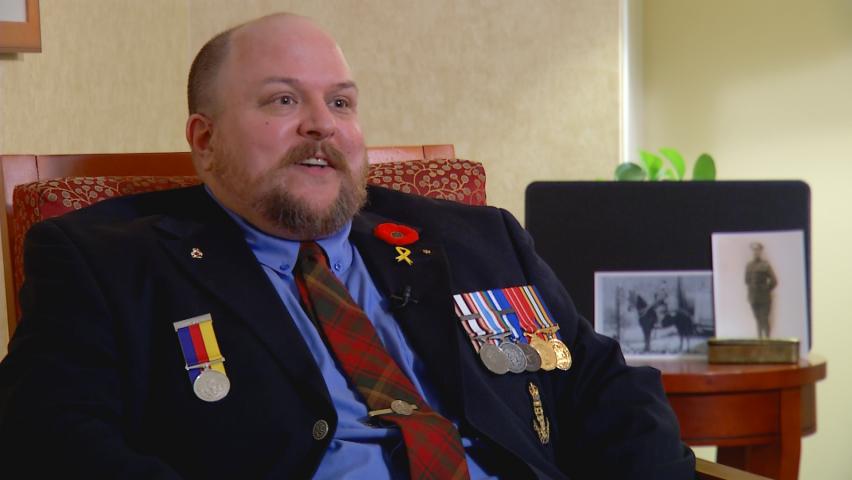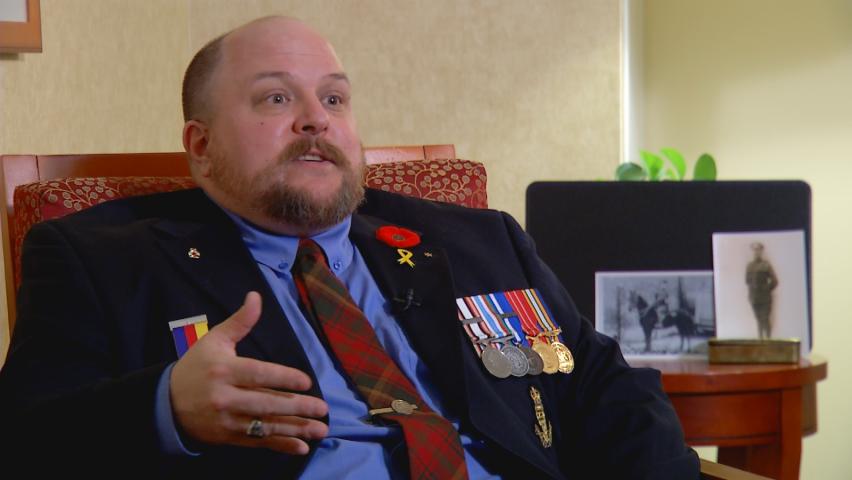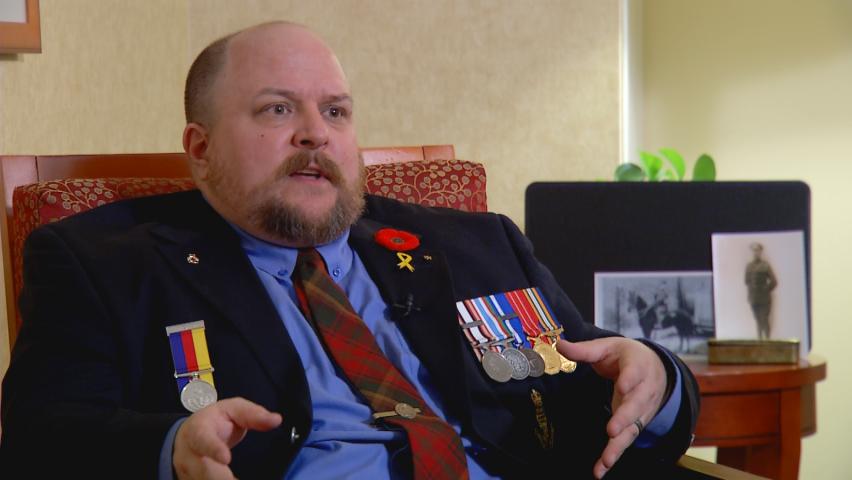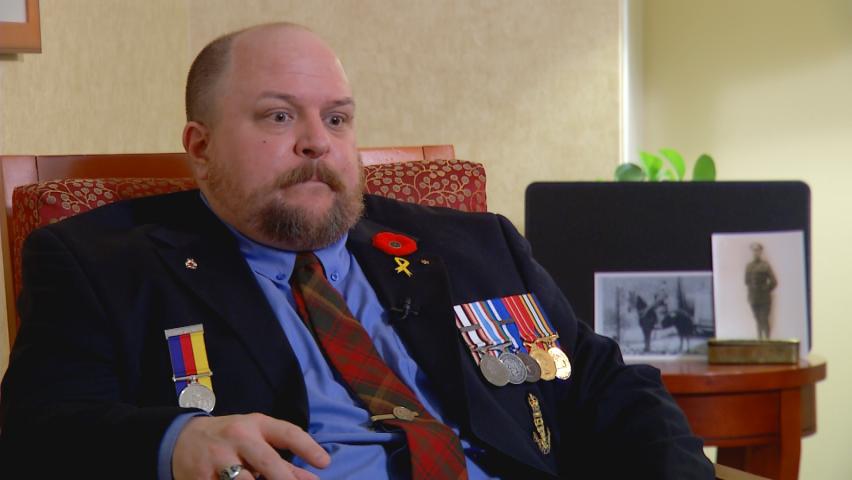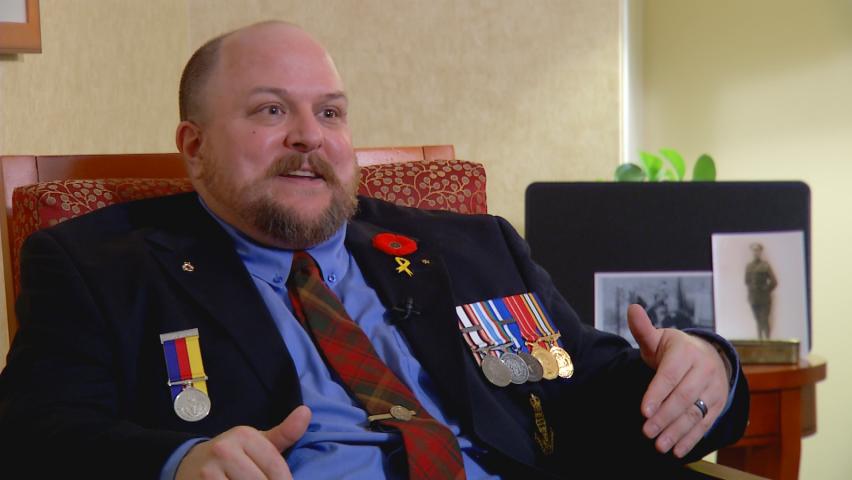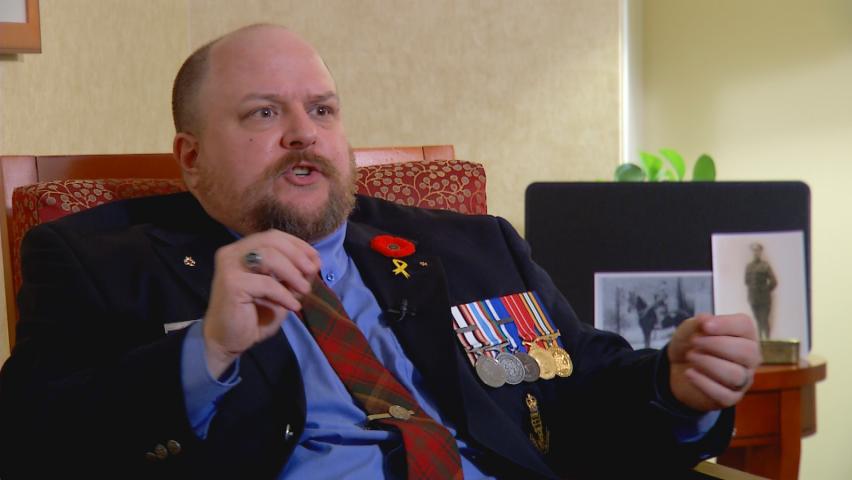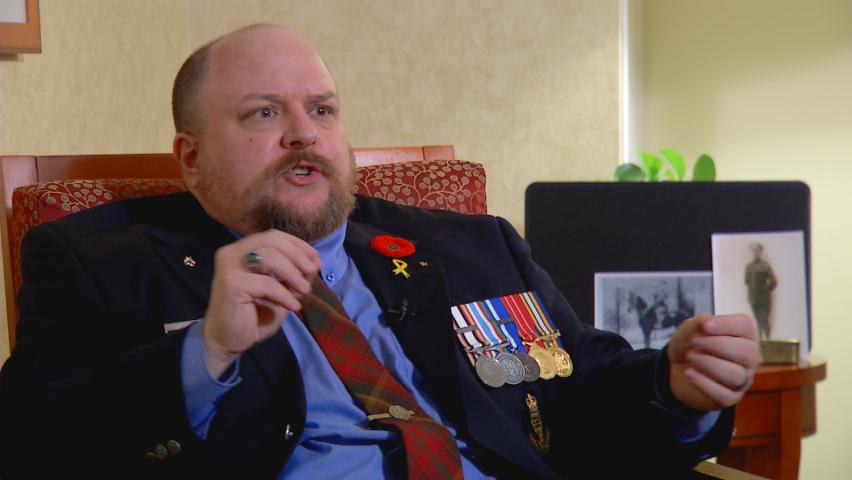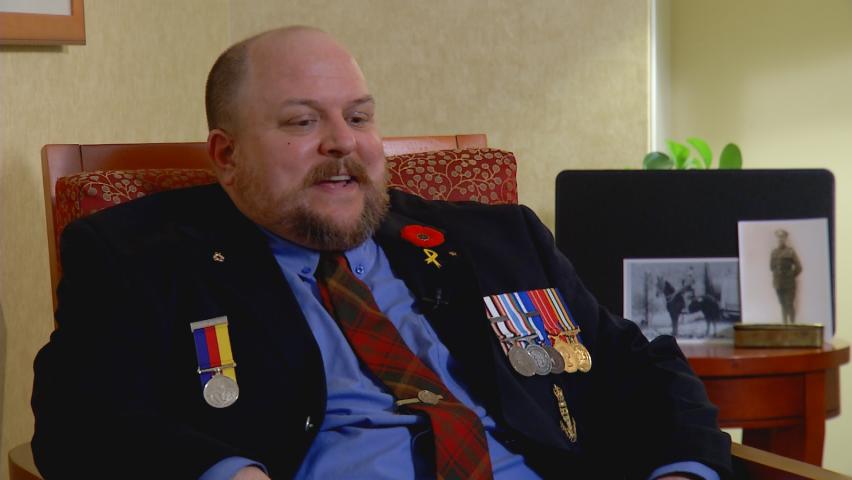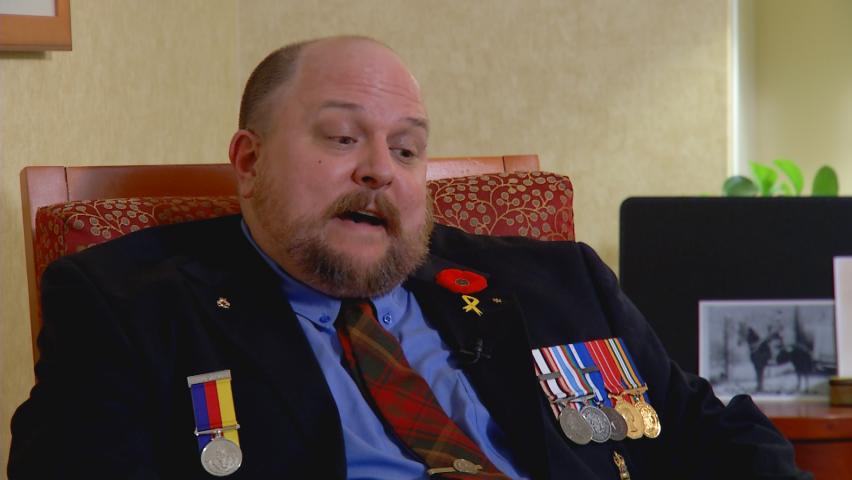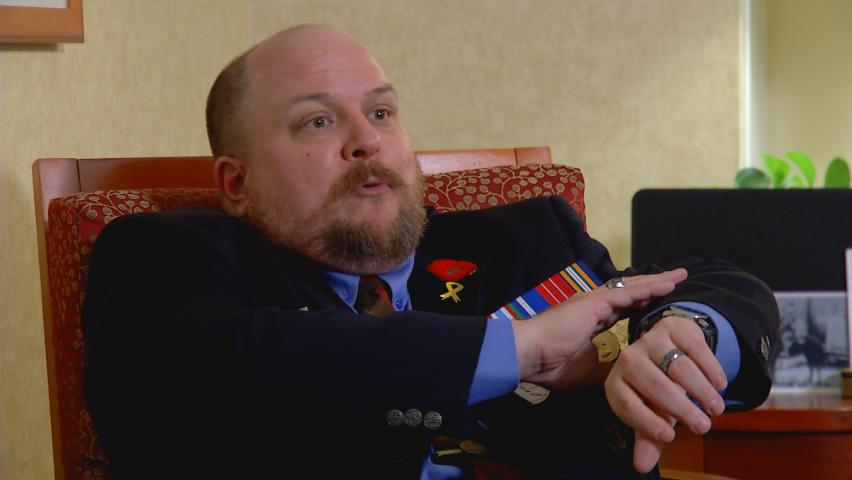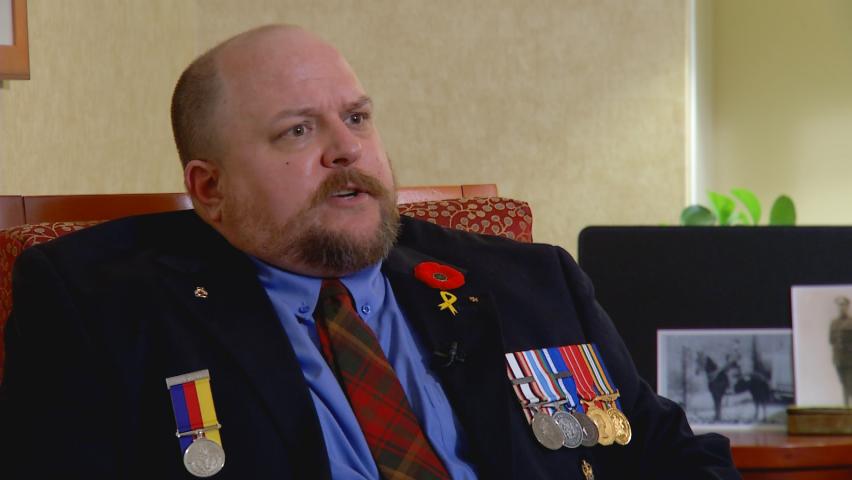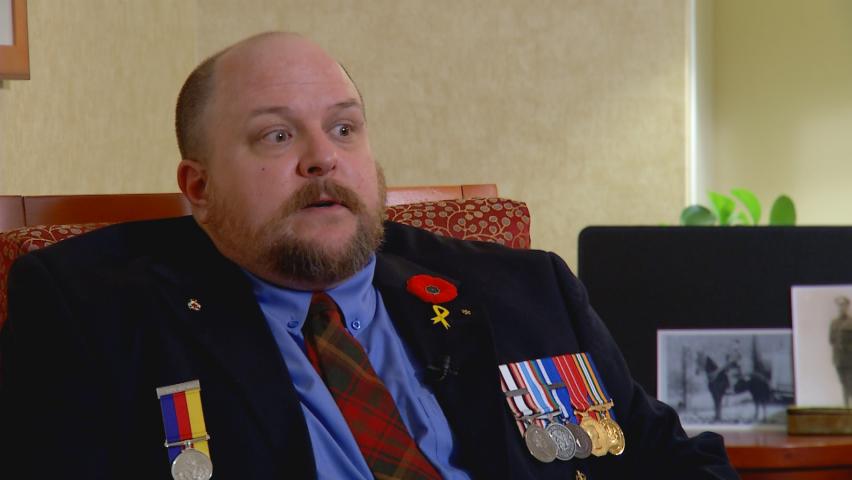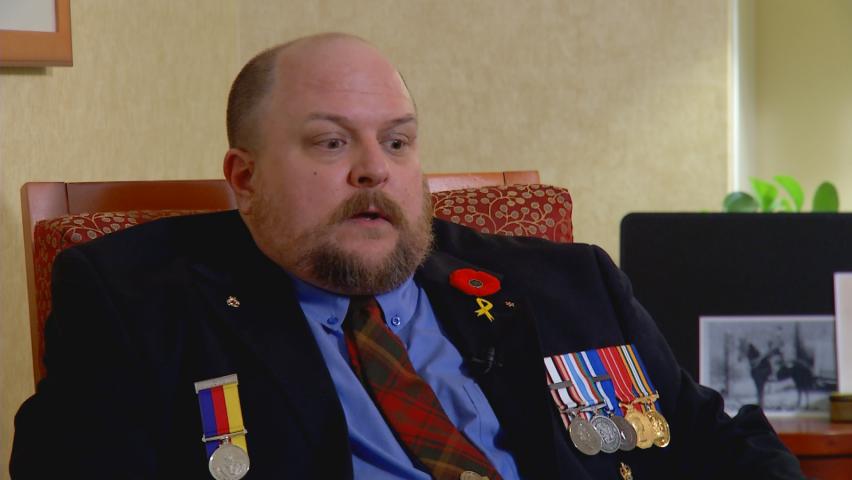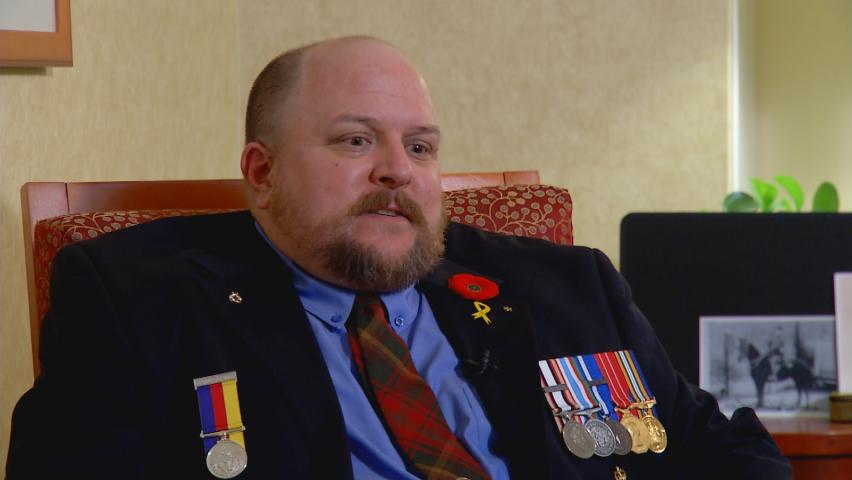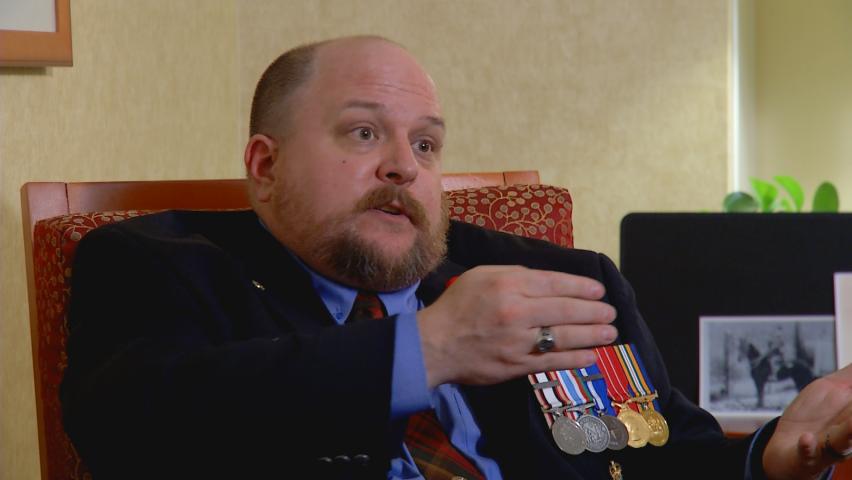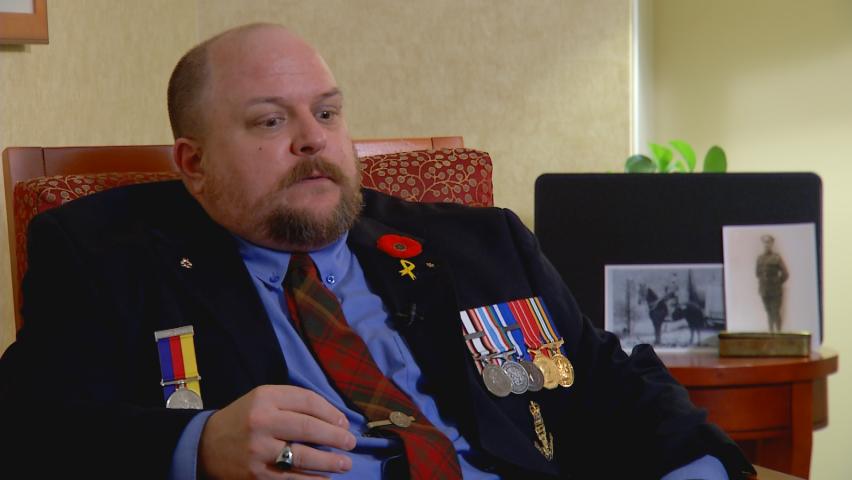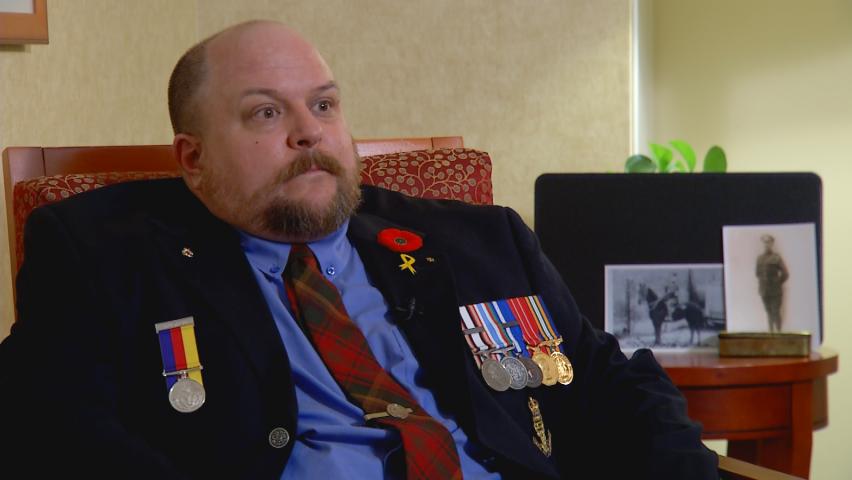The rules of engagement are very carefully
designed for whatever conflict that you are
going to and they change over time so we
got initial rules of engagement on
training to go to Bosnia. We were then
given another one that was a draft of the
legal contract that was being made at the
time with NATO and then we got our third
one when we were on mission.
You got a different set.
And there’s very small changes but they
make the world of difference in what you
can and cannot do. And you have to make
sure that – we jokingly say in the army,
you know, I’d rather be carried by six then
buried by twelve which is, or judged by twelve.
You got to protect yourself so if it means
being tried as opposed to being carried
home in a casket sometimes you have to do
what is right to protect yourself and your team.
However, we are subject to those orders and
those regulations and the soldiers follow
them incredibly well. I am very proud of our
soldiers for their ability to operate under
those conditions because it’s not easy and
it’s not easy just to blindly follow the rules
for the sake of following the rules
when your life is on the line,
you feel very threatened.
It’s difficult sometimes to remember the use
of force and when you can and cannot use it.
However, they are there to protect you.
Soldiers find a way around everything.
You find a way to make things work and to
make them effective for you and efficient.
I know in Bosnia there was jokes about how
you had to fire a warning shot in the air and
then you had to, you know, fire a warning
shot on the ground and then eventually
you could shoot back at the belligerent
that was threatening you. By this time you
were talking about, you couldn’t have a
magazine on your weapon, you had to have
a magazine in your pouch so your first step
is to say stop or “Stoj” in Bosnian,
former Yugoslavia. You take your magazine
out and you place it on your weapon,
that was your first step.
You say stop again, you could then
charge your weapon. The third step was to
say stop a third time and then you could
point the weapon in their direction.
And all of these things were designed to give
an escalation of force that was proportionate
to what was going on. It’s great in a legal
sense when you are sitting at a desk or a
chair in an office and you are able to write
these things out. In practice,
it’s much more difficult.
You don’t have the luxury of all the time in
the world to do all of these steps and
stories are the soldiers had their magazines in,
they were carrying them as threatened.
They would do what they needed to do.
If you had to shoot you would then fire
a round in the air to, so there would be two
shots fired. So your warning shot would be
recorded as being fired and, you know,
luckily it didn’t happen but, you know,
there’s a lot of talk of it.
There’s the official orders which you’re
given and then there’s the soldiers are trying
to figure out a way to make this work and
still keep our soldiers alive because as a
sergeant you’re responsible for your men.
You want to make sure they have every
opportunity they have to come home but
you still have a mission to accomplish that
the officers have given you. So you’re torn.
You are in between the privates and the
captains and you’re the guy they come to
from both ends for answers.
You have to make sure your men are capable
of making the right choices and the right decisions.
I had troops that were eighteen years old
and they were making those decisions daily.
That’s a lot of pressure on an 18-year old.



